Related Tags
Six unusual cheap guitars that rock stars learned to play on
Everyone has to start somewhere, but these legendary guitarists got their start in guitar by picking up an instrument that’s a little different than your standard Squier or Epiphone.
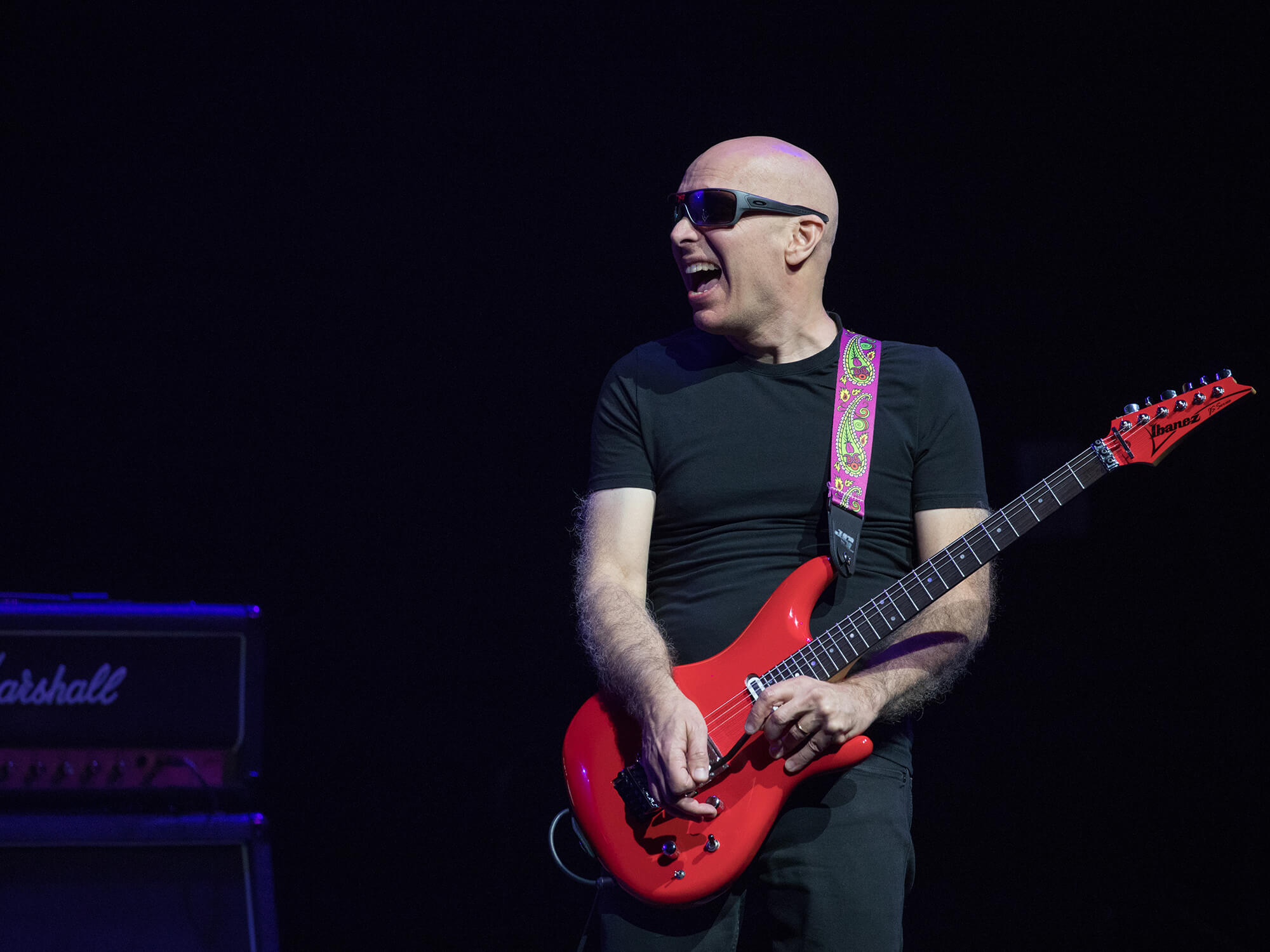
Joe Satriani. Image: Rick Kern / WireImage
For pretty much all of us, our first guitar is a cheap instrument that more often than not has a poor setup, rusty strings, and questionable tone. It is on these grim foundations of wood and steel that our love for making music breathes its first life. Those difficult first months of bloody, blistered fingers, will ultimately pay off with a lifetime of creative expression. Only then can we look back fondly at our humble beginnings.
Here, we take a look at some of the humble instruments that laid that essential groundwork for successful careers in music.
Mystery Guyatone – Mike Campbell
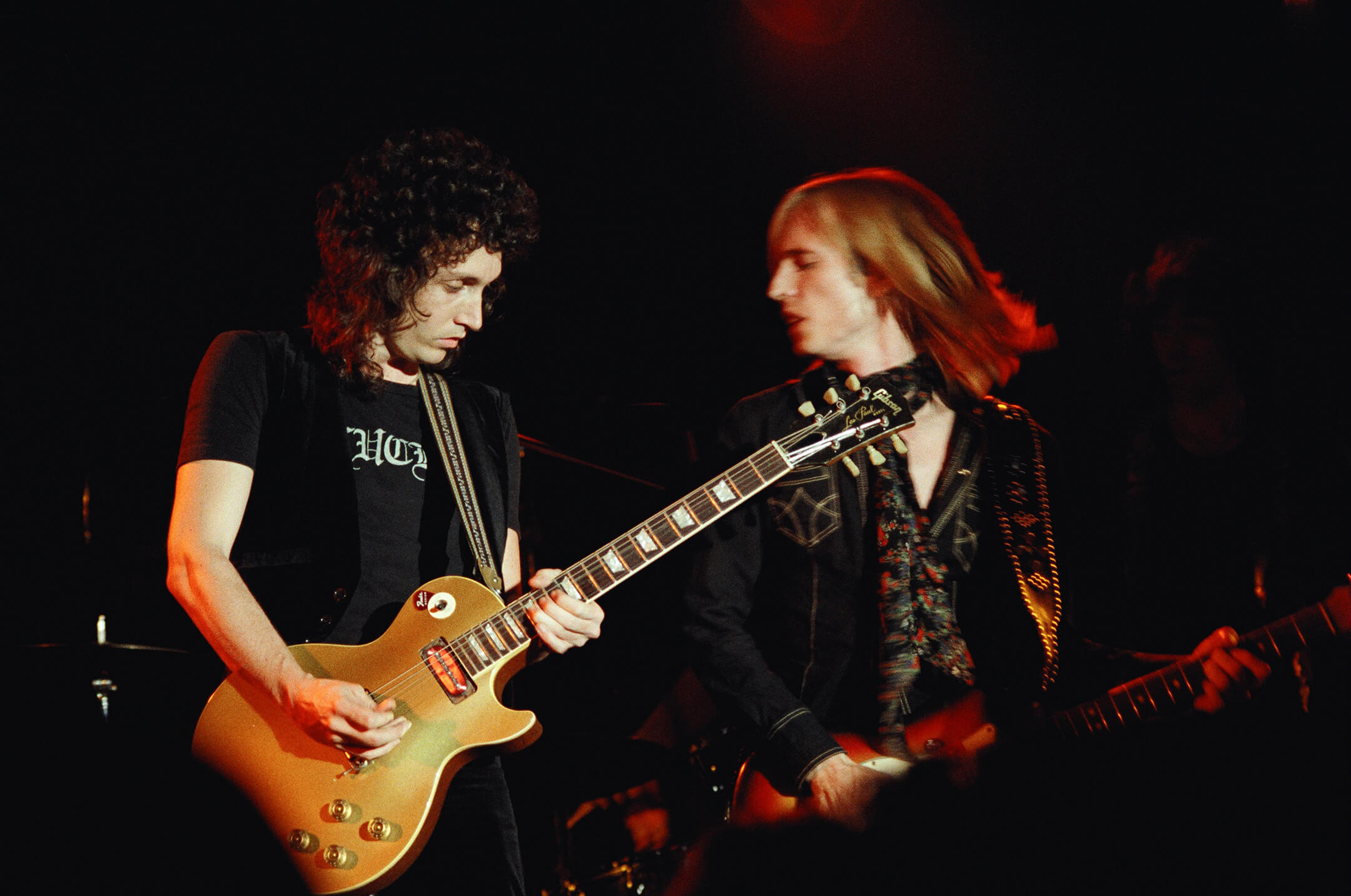
“My dad was on tour in Okinawa [Japan], and he mailed me this $60 guitar. It was playable. I actually auditioned for Tom on that thing,” Heartbreakers legend Mike Campbell told MusicRadar in 2015. “They laughed at me when I walked in and played it, but once I played Johnny B Goode, they quit laughing.”
That guitar turned out to be a Guyatone, which is a Japanese company with an intriguing history. Guyatone guitars were actually distributed as Ibanez guitars prior to 1962. It’s not known exactly what model Cambell used, but he’s far not the only guitar icon to have played one – iin 1962, Jimi Hendrix traded in his Danelectro for a guitar that is widely believed to be a Guyatone Rhythm Maker. The Rhythm Maker was reissued under the Ibanez brand in the early 2000s as the Jet King II.
Hagstrom III – Joe Satriani

For Satch, his first guitar came about from some familial generosity in the fallout of the greatest guitarist of all.
“I came home one afternoon after finding out that Hendrix had died. I had quit the football team, and I announced to my family that I was gonna be a guitarist,” Satch told Vintage Guitar. “And my older sister, who had just started teaching at a local high school, stood up and said, ‘I’ll give him my first pay cheque.’ There was this white Hagstrom in the local music shop, that for some reason, to me, looked like what Hendrix played. I was so naïve then; I didn’t know what a Fender Stratocaster was. It was $124 – that price sticks in my mind.”
The Hagstrom III was introduced in the mid-60s. The headstock shape back then did look a bit like a Stratocaster while the body seemed to be more inspired by a Gibson SG. They were a popular guitar – they were made for around six years between late 1965 and early 1972, during that time, over 11,000 of them were shipped around the world. They featured a unique H-Expander Truss Rod, a design that proved so successful it’s still used to this day.
Ibanez DT250 – Myles Kennedy

For the Alter Bridge frontman and Slash co-Conspirator, his guitar journey began with wanting something a bit more rock than the usual fare.
“It was an Ibanez DT250 – they called it the X Series and it kind of looked like the Dimebag guitar [the Dean ML],” say Myles. It had the same sort of aesthetic to it as the one Dimebag was known for playing. I didn’t even know who Dimebag was at that point, this was 1985 or so.”
Myles saved up money from his summer job, shoveling horse manure to buy the guitar. Unfortunately, it was stolen two years later from the closet in the high school music room.
“I was in this high school jazz band,” he continues. “They let me play this hard rock guitar that, aesthetically, did not fit the jazz look. The jazz teacher, at the time, let me use it, but I left it in the instrument storage room because I couldn’t take it home because I was going to a concert that night. David Lee Roth was coming through town and I wanted to see Steve Vai play, so I just left it at school. When I got back to school the next day, someone had stolen it. It was heartbreaking.”
The X Series guitars featured a bolt on neck, a lightweight basswood body, and some had a birch top. They were more known for their looks than their tone.
Starforce S-type – Bill Kelliher (Mastodon)
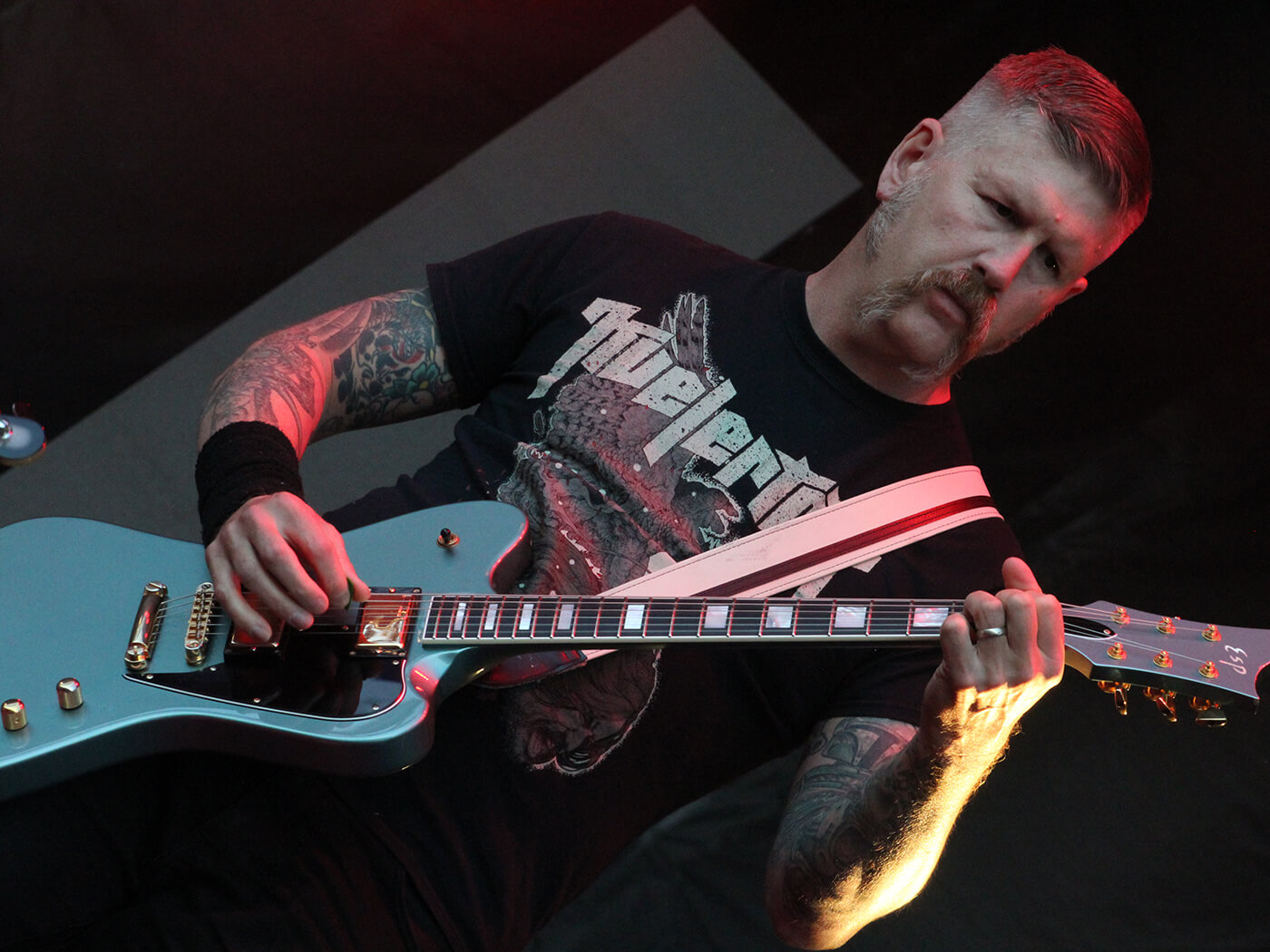
“My very first guitar was called a Starforce,” Kelliher tells us. “It was actually a pretty decent guitar for what it was. It was a cheap copy of an Eddie Van Halen guitar – red with the white stripes and the black tape or whatever he had on his guitar. It had a whammy bar and all that stuff. I took all of the paint off of it – I went through my punk-rock stage – and had it spray-painted neon green and put a bunch of Sex Pistols stickers on it. There weren’t stickers back then, so I just had to cut out pieces of paper and make my own.”
Starforce was a company that started making guitars in 1988. They were made in Korea for a distributor called Tropical Music of Miami and were essentially cheaper production runs of the SuperStrat-style guitars that EVH had made famous, including hot-rodded pickup configurations (the stock pickups were branded SKORCHERZ) and Floyd Rose-style bridges.
Rosetti nylon-string – Keith Richards
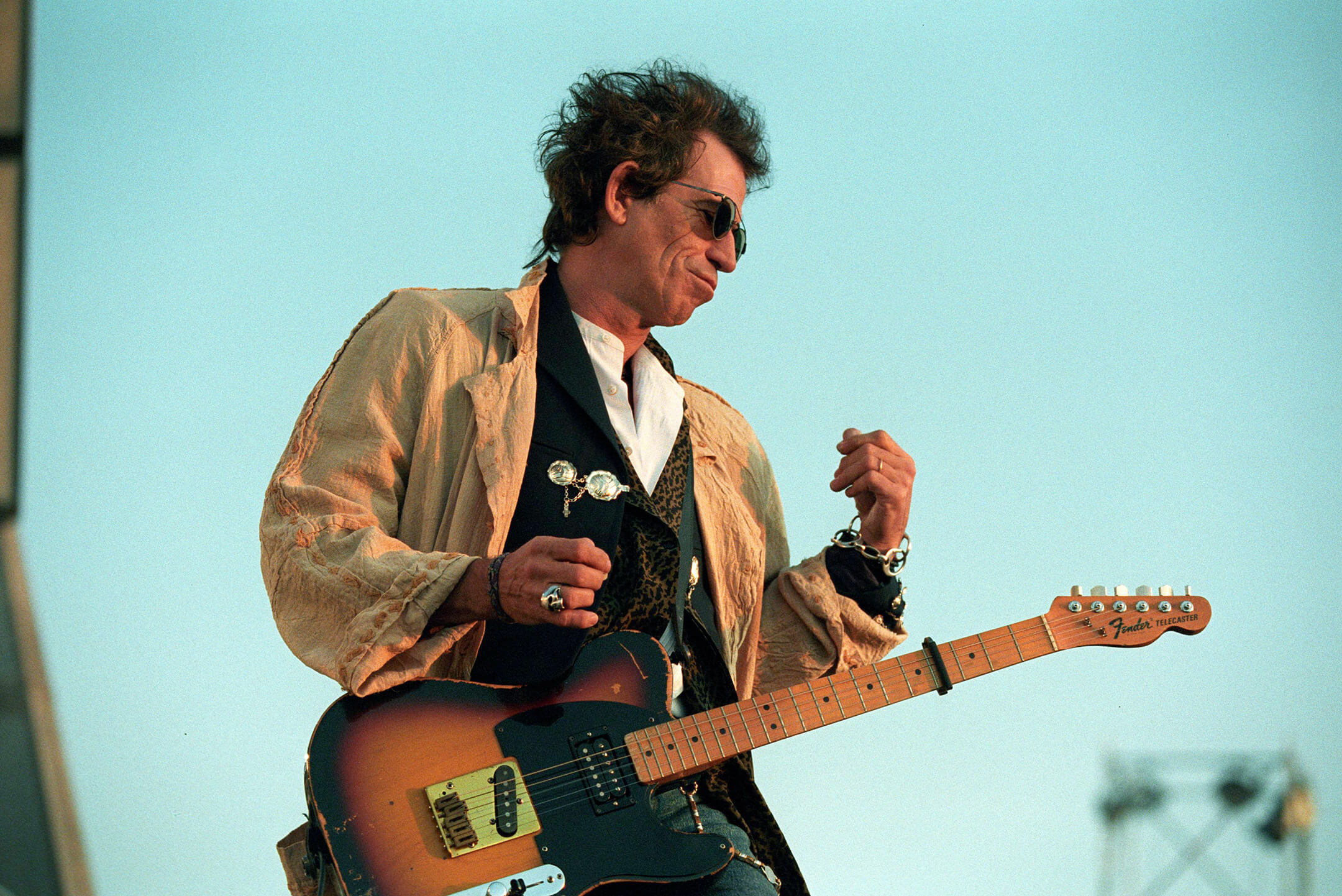
Back in the late 50s, if you were learning to play guitar in the UK, you almost certainly started out with a simple classical guitar, which is exactly how the Human Riff learned his trade.
“Around 1959, when I was fifteen, Doris bought me my first guitar,” Richards wrote in his autobiography, Life. “I was already playing, when I could get one, but you can only tinker when you haven’t got one of your own. It was a Rosetti. And it was about ten quid. Doris didn’t have the credit to buy it on hire purchase, so she got someone else to do it, and he defaulted on the payment–a big kerfuffle. It was a huge amount of money for her and Bert. But Gus must have had something to do with it too.”
Rosetti was a distributor for Egmond guitars, which were built in the Netherlands and often sold with Rosetti branding, much like Sears or Montgomery Ward did in the US. The only known photo of the guitar was published in Keith’s book. Based on the photo, the guitar seems to have some sort of a metal plate on the back of the bridge, indicating it may have been modified or crudely repaired at some point.
Supro Ozark – Jimi Hendrix
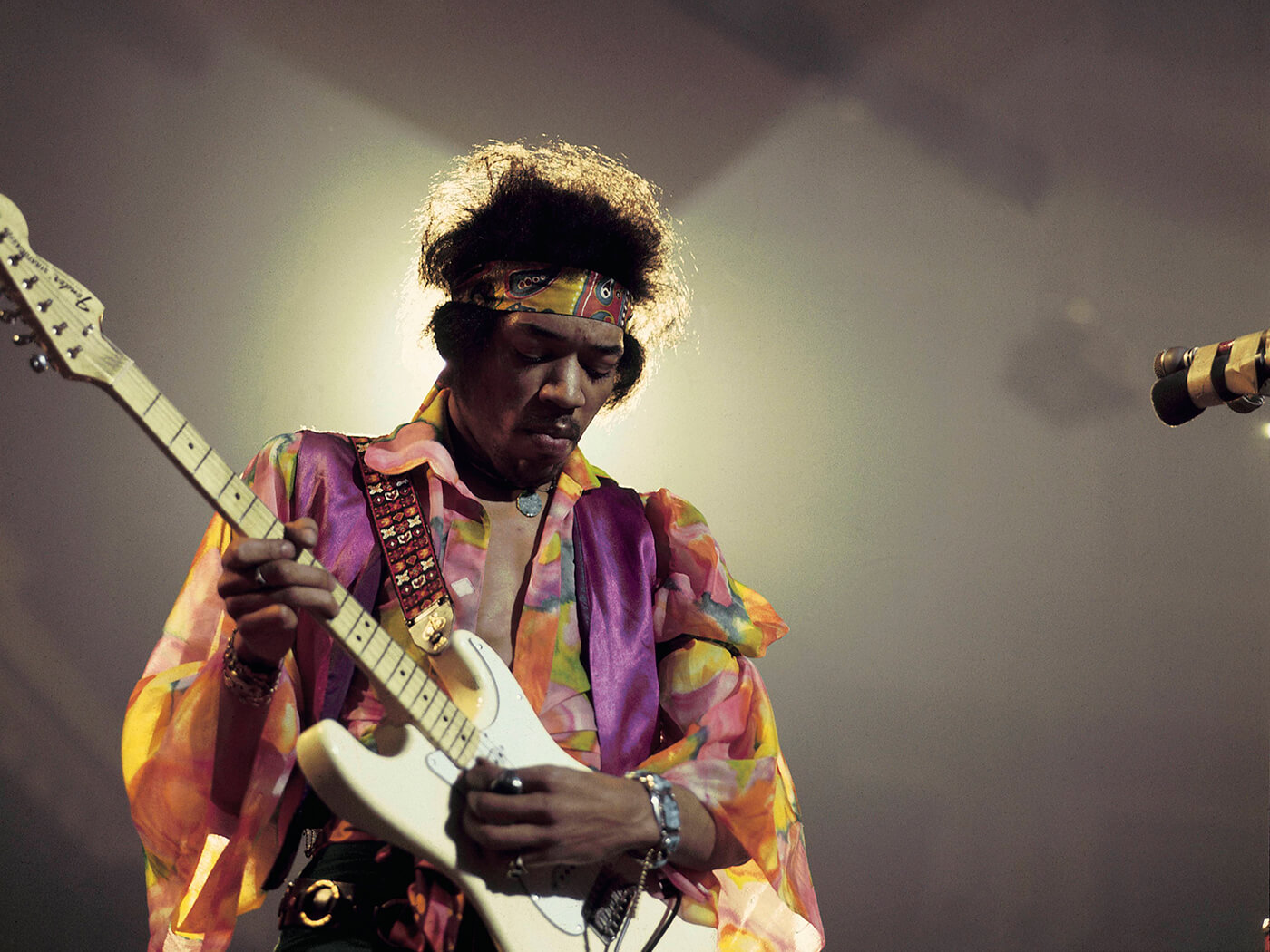
According to the book, Jimi Hendrix Gear, by Michael Heatley, Jimi’s first electric was a 1957 Supro Ozark 1560S, his father bought him for $89 from Myers Music Store in Seattle. Hendrix was using this guitar in The Rocking Kings when it was stolen from The Birdland Club in 1960. The company that made Supro guitars was called Valco, some might recall that company was also responsible for making Airline Guitars – which were later made famous by Jack White – and National Dobros.
There is some speculation on this version of the story and it is possible that the Supro was a borrowed guitar, as Jimi himself stated that his first guitar was a 1960s Danelectro Bronze Standard. Some have speculated that the Supro was a guitar he had borrowed and the guitar that his father bought for $89 was the Danelectro after the Supro was stolen. We may never know for sure.
Resonet Grazioso Futurama – Jimmy Page

Page’s first guitar was an acoustic that was presumably left behind in the home the Page family moved into when Jimmy was 13 – a stroke of fate that fits right in among the mystique that would follow him through his entire career. Page’s first electric guitar was a 1958 Resonet Grazioso Futurama. It was a unique guitar manufactured for a short time in the late 1950s by the Drevokov company in Czechoslovakia.
It bears some resemblance to a Fender Stratocaster, it featured some advanced design characteristics such as a unique tremolo unit and individual pick-up selector switches. Perhaps Page might have picked up a Stratocaster had there not been an embargo on American made goods at the time, making Fenders hard to come by. The Selmer Company in London imported the Grazioso and renamed it the Futurama: it was certainly the most futuristic electric guitar available in the UK at the time. The Futurama was also rumored to have been George Harrison’s first guitar.
For more features, click here.
